Blog
Validated by ISSO
The Hysopt software has been validated by ISSO. The report literally praises our software as a "powerful tool for optimizing HVAC systems".

Latest blogs

Delivering on Promises: Turning First-Time HVAC Clients into Partners
Winning an HVAC project is only the beginning. Learn how consistent delivery, transparent communication, and performance validation help engineers turn new clients into long-term partners.

Using Digital Twins to Strengthen Client Trust in HVAC Projects
Digital twins are reshaping how HVAC engineers build client relationships. Discover how virtual models provide transparency, real-time insight, and ongoing performance validation that earns lasting trust.

The Power of Post-Project Data in Winning Repeat Business
Winning the next HVAC project starts with how you manage the last one. Learn how post-project data and digital tools help engineers maintain client relationships, prove performance, and drive continuous improvement.
Industry insights. Delivered monthly.
Receive the latest information and resources from Hysopt directly in your inbox. Subscribe now to our monthly newsletter.
Thank you! Your submission has been received!
Oops! Something went wrong while submitting the form.

How to Keep Clients Coming Back with Proven HVAC Results
Winning a client once is good — keeping them for years is better. Discover how transparency, performance proof, and long-term monitoring help engineering teams turn HVAC projects into lasting partnerships.

Why Transparency Builds Long-Term HVAC Client Relationships
Long-term HVAC partnerships are built on more than project delivery — they depend on trust, transparency, and performance that clients can see. Discover how clear communication and data visibility help engineering teams win loyalty beyond the first job.

From Design to Delivery: Showing HVAC Performance with Confidence
Moving from design to delivery doesn’t have to mean losing control of quality. Learn how digital HVAC tools help engineers prove design intent, validate results, and communicate performance clearly across every project phase.

Design Validation Made Simple: HVAC Tools That Speak for You
Validating HVAC design quality doesn’t need to be complex. Discover how modern HVAC tools automate performance checks, document design logic, and communicate results clearly to clients and contractors.

Why Quality Communication Wins Clients in HVAC Projects
Technical skill isn’t enough to win modern HVAC projects — communication is what turns design expertise into client confidence. Discover how clarity, transparency, and collaboration strengthen relationships and secure repeat business.

Building Trust Through Transparent HVAC Documentation
Transparent HVAC documentation builds credibility long before installation begins. Discover how digital tools help engineers communicate design intent, validate assumptions, and win client trust through clarity.

How to Prove HVAC Design Quality with Data, Not Slides
In a world where clients demand proof, not promises, HVAC engineers must move beyond PowerPoint slides. Learn how data-driven design tools turn complex HVAC models into clear evidence of quality and performance.

How to Present HVAC Design Proposals That Win Client Confidence
A successful HVAC design proposal doesn’t just meet technical specs — it builds trust. Discover how data, clarity, and digital tools help engineers present proposals that stand out and win more projects.

Turning Concept Designs Into Competitive Advantages
Concept designs are more than sketches — they’re your first opportunity to win trust, prove expertise, and secure projects. Learn how modern HVAC design tools turn early-stage ideas into winning proposals.

Why Speed and Accuracy Matter in HVAC Tendering
In HVAC project tendering, time is your most valuable asset — but accuracy wins trust. Learn how fast, data-backed design proposals help engineering firms secure bids and deliver consistent results.

The Role of Digital Tools in Faster HVAC Design Submissions
Fast, accurate HVAC design submissions win projects. Learn how digital tools reduce proposal time, prevent errors, and help engineers deliver higher-quality designs under tight deadlines.

How to Create Winning HVAC Proposals in Less Time
Winning more HVAC projects isn’t just about price — it’s about demonstrating technical confidence and value faster. Here’s how digital tools help engineers deliver accurate, high-impact proposals in record time.
.jpg)
Closing the HVAC Performance Gap: Why It Matters More Than Ever
Many HVAC systems underperform compared to their design specs. In this blog, we explore how closing the performance gap helps you deliver on efficiency promises, reduce waste, and build long-term value across your portfolio.

Net-Zero HVAC in 2026 Building Codes: What You Need to Know
Net-zero is no longer a future goal—it’s the new baseline. As 2026 building regulations take effect across the UK and EU, the pressure is on to ensure HVAC systems don’t just meet minimum efficiency thresholds but actively contribute to decarbonisation strategies. For engineers, contractors and portfolio owners, that shift is more than technical. It changes how systems are designed, commissioned, and justified from the very first sketch.

How Sensitivity Analysis Improves Hydronic Efficiency
Even small variations in flow and diameter choices can create long-term inefficiencies in hydronic HVAC systems. Sensitivity analysis allows engineers to test, refine, and confidently select the most efficient system configuration—reducing energy use and cost without compromising comfort.

How Digital Twins Will Reshape HVAC by 2030
By 2030, digital twins will be the standard in HVAC system management. Discover how they help optimise performance, cut emissions, and reduce lifecycle costs—especially across large building portfolios.

Why Spreadsheets Fall Short for HVAC System Design
Spreadsheets may be familiar tools, but they aren’t built to model the physics of complex HVAC systems. In this blog, we explore the limitations of traditional tools—and what engineers gain when they switch to HVAC-specific software.
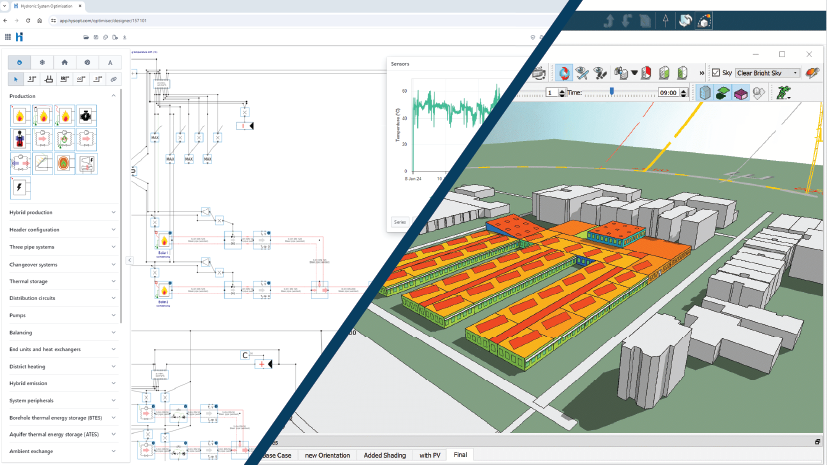
Understanding the difference between Building Simulation Software and Hysopt
This blog explains the key differences and compatibilities between building simulation software and Hysopt, showing how the two complement each other to deliver more reliable, efficient, and verifiable HVAC systems.

Control Strategy as the Backbone of Efficient HVAC Systems
Control strategy is essential for HVAC systems to operate efficiently and reliably. Discover how well-calibrated sensors, controls, and monitoring ensure comfort and energy savings.

Commissioning HVAC Systems That Truly Perform
A structured commissioning process ensures an HVAC system works correctly from day one. Discover how planning, coordination, and quality control make the difference.

HVAC Software That Designs Smarter and Delivers Better-Performing Systems
HVAC software gives engineers and designers the insight and tools to size systems accurately, save energy, and enhance comfort. Discover how simulation and data make the difference.

Commissioning an HVAC System: Step by Step to a Flawless Handover
A well-planned commissioning process ensures a smooth HVAC handover. Follow this step-by-step guide for an efficient and error-free transition to operational use.
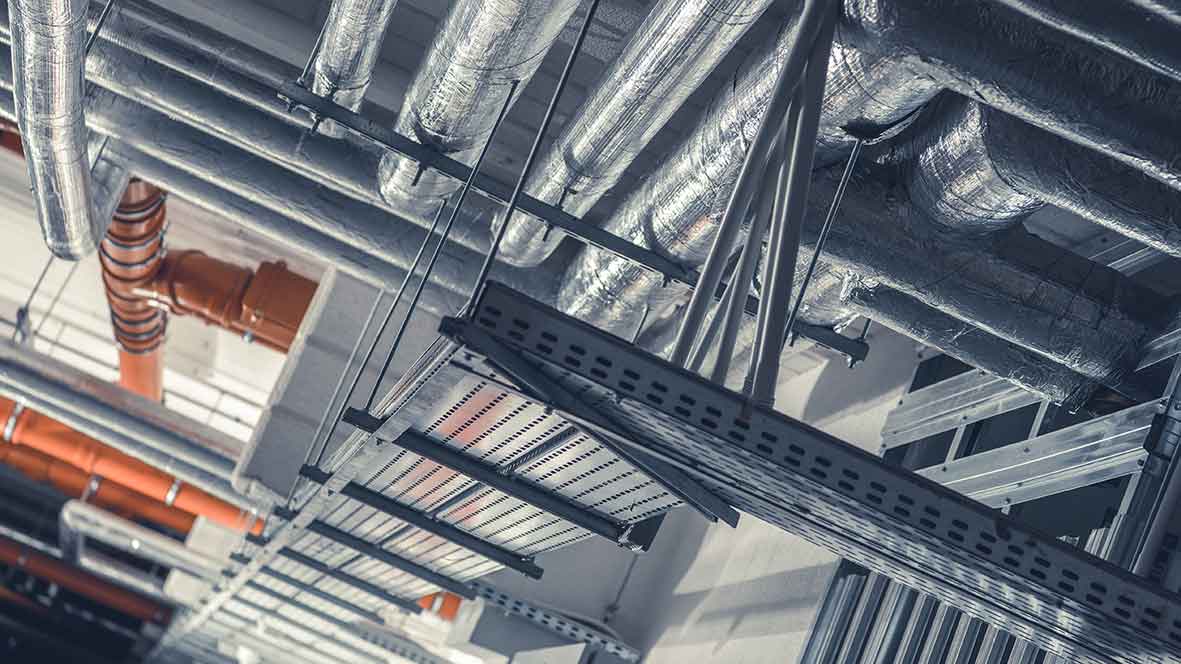
Common Mistakes in HVAC Installations and How to Avoid Them
An HVAC installation can fail due to incorrect sizing, poor coordination, or incomplete documentation. Discover the most common mistakes and how to prevent them through smart preparation and validation.
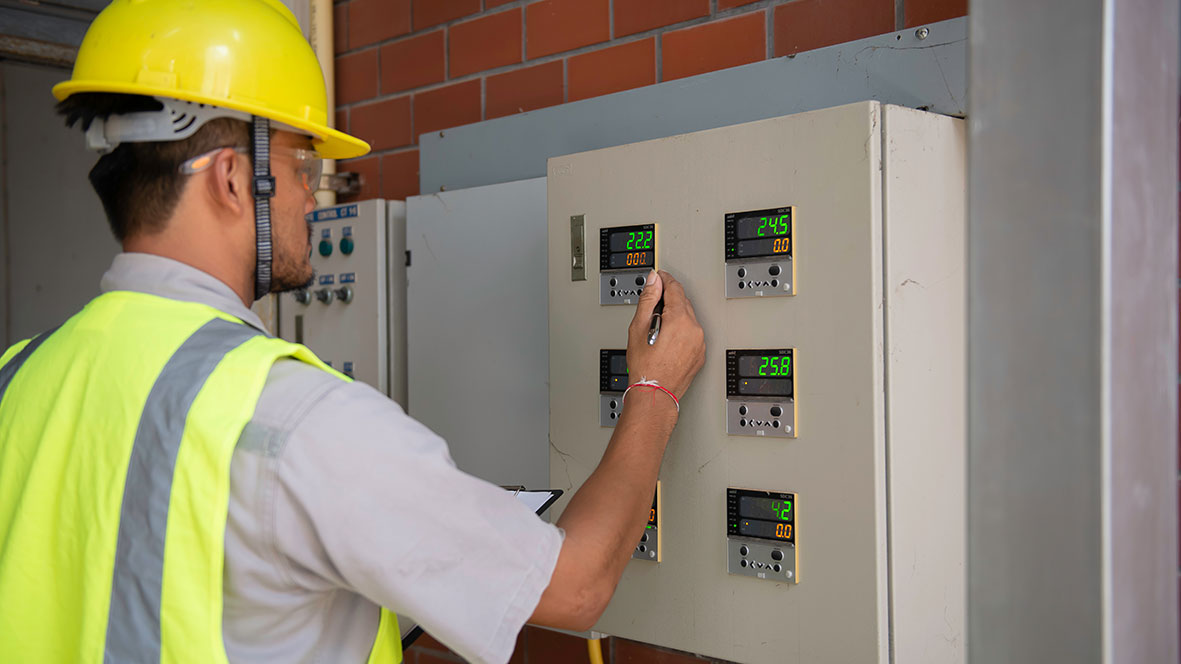
How Control Strategy Prevents Failures and Inefficiency in HVAC Systems
Control strategy keeps HVAC systems stable, efficient, and free from failures. Discover how smart control strategies prevent problems and enhance performance.
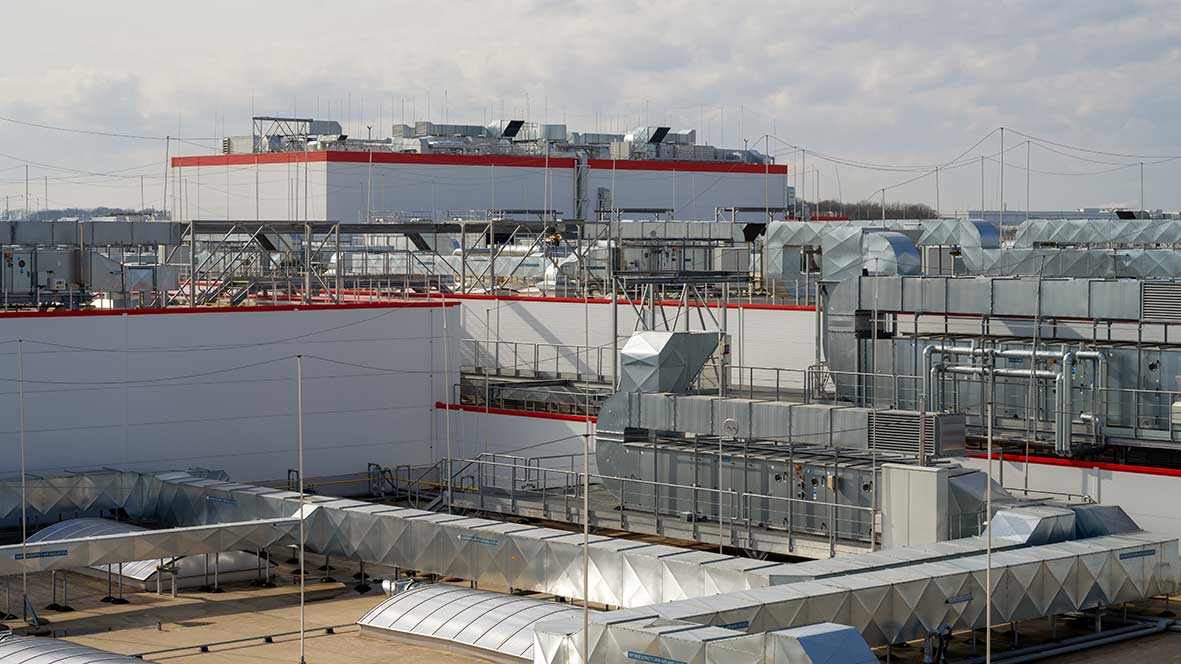
HVAC Installation That Performs from Day One
An HVAC installation should work as intended from the very first day. Discover how design, execution, and commissioning together ensure performance, comfort, and energy efficiency.

The Biggest Mistakes When Choosing HVAC Software (and How to Avoid Them)
Not every HVAC software fits every project. Discover the most common mistakes when choosing software, and how to avoid investing in the wrong tool.

A year of strategic Partnership with Autodesk
Hysopt marks one year as an Autodesk AEC Strategic Partner—combining BIM integration with physics-based HVAC software to improve MEP analysis, project delivery and decarbonisation.

What Engineers Really Need From Their HVAC Computer Software
Modern HVAC computer software should go far beyond load calculations. Discover what engineers value most—simulation accuracy, BIM integration, and confidence in system performance.

HVAC Business Software: How to Choose a Platform That Grows with Your Portfolio
From lifecycle modelling to performance tracking, today’s HVAC business software needs to do more than calculations. Learn how to choose tools that scale across your entire estate.

Turning System Data Into Action with HVAC Management Software
HVAC management software helps facility teams go beyond monitoring to active optimisation. Learn how the right tools improve comfort, reduce costs, and support smarter planning.

Why HVAC Software Is Essential for Accurate Design and System Efficiency
HVAC software helps engineers move beyond guesswork to data-driven system design. Discover how simulation tools improve sizing, coordination, and operational performance.

HVAC Contractor Software That Helps Get it Right the First Time
Contractors need HVAC software that ensures systems are built right, documented properly, and easy to commission. See how the right platform improves quality and coordination.

Hysopt x IMI: smart collaboration for precise hydraulic design
We’re proud to announce a new partnership with IMI, bringing their balancing and control valves into Hysopt’s software. This integration enables HVAC engineers to design smarter and faster with automated valve selection, real-time optimisation, and accurate system performance from the start.
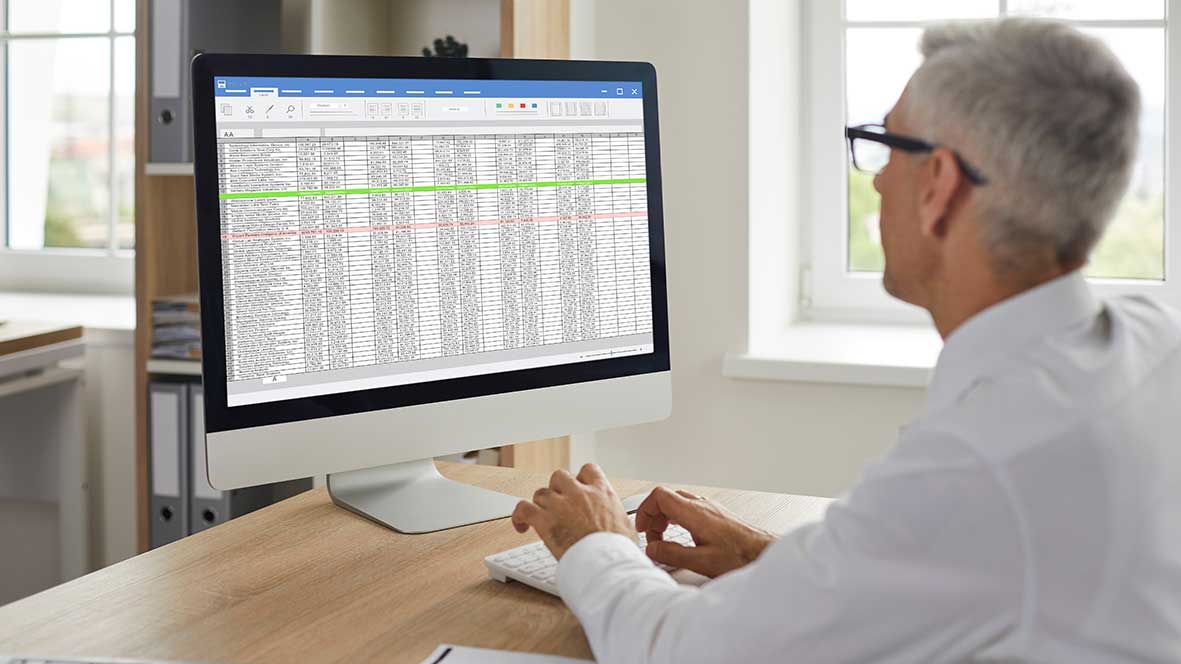
How HVAC Software Replaces Spreadsheets and Manual Errors
Spreadsheets and static drawings can’t keep up with today’s HVAC complexity. Learn how HVAC software boosts design accuracy, efficiency, and system performance.

The Complete Guide to Choosing HVAC Software for Your Building or Project
Looking to invest in HVAC software? Learn how to compare options based on functionality, integration, and ROI—so you select a solution that truly fits your building or project.

Top 5 Challenges in Heating and Cooling Systems—and How to Solve Them
Struggling with an HVAC heating and cooling system that doesn’t perform as expected? Learn about the five most common problems and how simulation-based fixes can restore comfort, efficiency, and control.

Heating and Cooling Systems: Making the Right Choice for Your Building
Choosing the right HVAC heating and cooling system can reduce energy use, improve comfort, and cut operating costs. Learn how to evaluate your options by use case, climate, and budget.

Choosing the Best HVAC System for New Construction Projects
Selecting the right HVAC system in the design phase can make or break the performance of a new building. Learn how to align system selection with building needs, reduce emissions, and improve long-term ROI.

HVAC Systems 101: Understanding, Optimising, and Future-Proofing Your Building
Curious how your HVAC system really works—and how to make it smarter, cleaner, and more cost-effective? Discover modern techniques, tools, and simulations that bring your HVAC heating and cooling system into the future.

Standardising HVAC Engineering Across Sites with Hysopt
Fragmented HVAC design leads to inconsistency and risk. Discover how Hysopt’s template-driven approach helps standardise system logic, accelerate delivery, and improve outcomes across your portfolio.

Using Digital Twins to Sustain HVAC Performance Over Time
HVAC simulations don’t end at handover. Learn how digital twins help detect faults, track system drift, and forecast performance—keeping systems efficient year after year.

How to Use Simulation to Prioritise HVAC Retrofit Budgets
Don’t spread retrofit budgets evenly—target what matters. Learn how simulation helps you rank HVAC systems, forecast outcomes, and invest where returns are proven.

Managing HVAC Risk Across a Decentralised Estate
Large estates face more than isolated faults—they face patterns of inefficiency. Learn how to detect systemic HVAC risks and standardise response strategies across your portfolio.

Preserving HVAC Knowledge with Digital System Models
Engineers leave. Teams change. Systems evolve. Learn how to capture and retain HVAC expertise through simulation—so critical knowledge doesn’t disappear when people do.

Predictive HVAC Maintenance Powered by Simulation and Sensors
Reactive HVAC maintenance costs time and money. Learn how predictive, model-driven servicing helps teams act before breakdowns—based on hydronic behaviour, not guesswork.

Benchmarking HVAC Energy Use Across Your Portfolio for Smarter Action
Tracking HVAC energy performance is the first step. Learn how benchmarking across buildings helps you prioritise upgrades, reduce carbon, and improve system-wide efficiency.

Making Smarter HVAC Decisions with Portfolio-Level Data
Too many HVAC upgrades are based on assumptions. Discover how data-driven insights help prioritise the right projects, at the right time, with measurable return.

Standardising HVAC Maintenance Across Building Portfolios
Inconsistent maintenance leads to rising costs and falling performance. Learn how to unify HVAC upkeep across sites with smart templates, predictive insight, and model-based workflows.

Monitoring HVAC Performance Across Your Portfolio with Digital Twins
Gain full visibility into HVAC system behaviour across your buildings. Discover how digital twins and smart dashboards turn fragmented data into performance you can trust.

Case Study on HVAC Project Success Through Integrated Delivery
See how a simulation-led, collaborative HVAC project avoided delays, aligned stakeholders, and delivered results—on time, on budget, and as designed.

Staying Flexible in HVAC Project Delivery Without Losing Control
HVAC projects rarely go exactly to plan. Learn how simulation enables fast, confident adjustments—so late-stage changes don’t derail delivery.

Time Management Strategies That Keep HVAC Projects on Track
Missed deadlines and last-minute fixes don’t have to define HVAC projects. Learn how system-based planning helps avoid delays, reduce rework, and deliver on time.

Budgeting HVAC Projects with Confidence and Clarity
Most HVAC budgets are based on guesses. Learn how simulation improves accuracy, balances capital and operational costs, and helps justify smart investments.

How to Build Skilled HVAC Teams Through Simulation-Driven Training
Strong HVAC projects start with skilled teams. Learn how simulation and digital tools create faster learning, smarter decision-making, and knowledge that sticks.
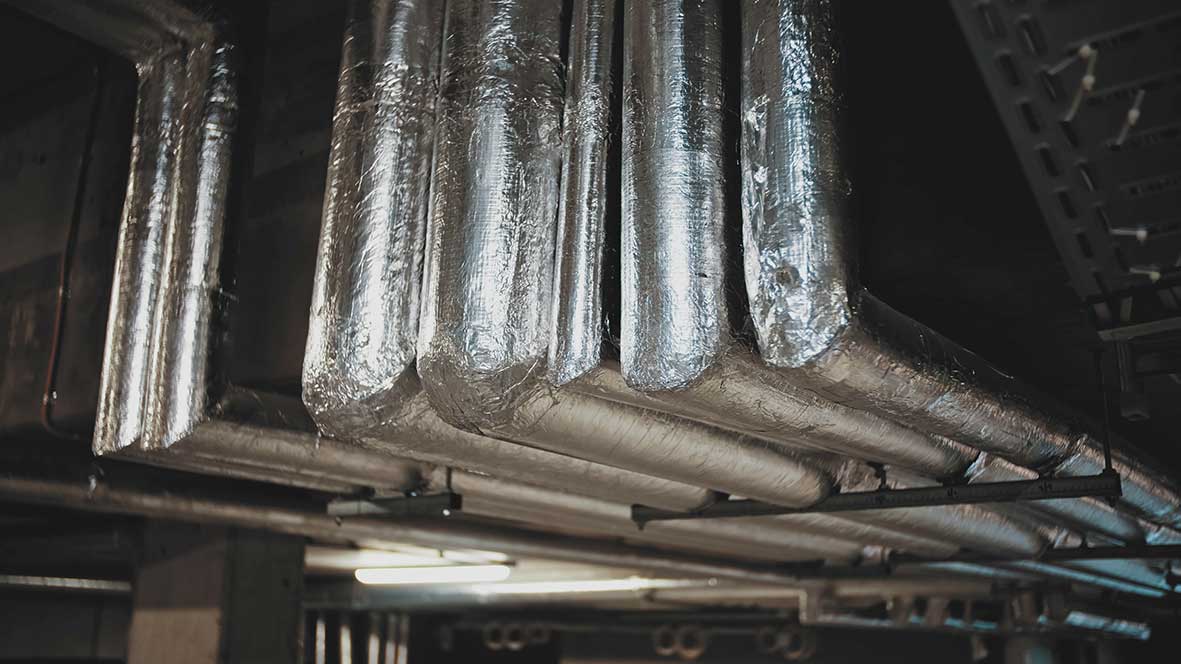
Using Technology to Streamline HVAC Project Delivery
HVAC projects are complex—but they don’t have to be chaotic. Discover how digital tools simplify coordination, track performance, and ensure smooth delivery from design to handover.

Best Practices for Quality Assurance in HVAC Installations
HVAC systems succeed or fail at the point of installation. Learn how model-based QA practices help get it right the first time—minimising rework and delivering performance as designed.

Aligning Stakeholders for Successful HVAC Project Delivery
Miscommunication leads to cost, delays, and confusion. Learn how transparent HVAC design—backed by simulation—aligns clients, engineers, and contractors for smooth delivery.

Managing Risk in HVAC Projects with Pre-Build Validation
From budget overruns to commissioning delays, HVAC projects carry real risks. Learn how simulation-led planning reduces uncertainty—and helps you deliver with confidence.

Planning HVAC Projects for Success and Confidence
Late-stage design changes, budget overruns, and commissioning chaos aren’t inevitable. Discover how simulation-led HVAC planning builds trust, cuts risk, and ensures smooth delivery.

HVAC Innovations Powering the Shift to Low-Carbon Systems
Decarbonising HVAC isn’t just about better design—it’s about smarter technology. Discover the components, control systems, and digital tools transforming how buildings reduce carbon.

Collaborative Strategies for Decarbonising Building Portfolios
Scaling decarbonisation across multiple buildings requires more than isolated retrofits. Discover how collaborative planning and simulation support carbon reduction at portfolio level.

Understanding the Lifecycle Impact of HVAC Systems
HVAC sustainability goes beyond efficiency. Learn how to assess emissions and energy use across the full lifecycle—from installation to decommissioning—and make smarter system choices.

Unlocking Financial Incentives for Decarbonising HVAC Systems
HVAC decarbonisation doesn’t have to strain your budget. Learn which incentives apply, what performance metrics matter, and how simulation helps you qualify with confidence.

Navigating HVAC Design in a Decarbonising Policy Landscape
From EU regulations to ESG reporting, policy is reshaping HVAC design. Learn how to navigate the shifting landscape—and align your system strategy with decarbonisation requirements.

Assessing Carbon Emissions in HVAC Operations with Smart Tools and Simulation
Quantifying HVAC emissions is no longer optional. Learn how to assess carbon output from building systems using simulation—so you can reduce, report, and stay competitive.

Designing HVAC Systems That Deliver Net-Zero Performance
Creating HVAC systems for NZEB and ZEB buildings requires more than efficiency—it requires system-level clarity. Learn how simulation helps design for compliance, comfort, and carbon reduction.

Integrating Heat Pumps in Commercial Buildings for Decarbonisation
Heat pumps are key to decarbonising buildings—but they demand smart integration. Learn how to prepare your HVAC system for reliable, efficient heat pump performance.

Electrifying Building Systems: Strategic Steps Toward Decarbonisation
Electrification is essential for decarbonisation—but it's not a simple swap. Learn how to plan the transition from fossil-based to all-electric HVAC systems, step by step.

Designing for Low-Temperature Heating: Smarter Systems for a Decarbonised Future
Transitioning to low-temperature heating isn’t just about heat pumps. Learn how to design efficient, comfortable, and futureproof HVAC systems that operate below 50°C.

Case Study: Delivering Measurable Energy Savings Through HVAC System Optimisation
HVAC system upgrades often miss the real performance issues. This case study shows how simulation-led optimisation reduced energy use and improved comfort—without replacing equipment.

Upgrading HVAC Components for Maximum Impact and Minimum Waste
HVAC upgrades shouldn’t start with the most expensive components—they should start with the smartest. Learn how to identify high-impact upgrades based on real performance and ROI.

Using Simulation to Unlock Retrofit Potential in Existing HVAC Systems
Simulation is the most powerful way to assess HVAC retrofit potential. Learn how system modelling exposes hidden inefficiencies and helps prioritise upgrades with real impact.

Why HVAC Maintenance Matters More Than You Think
Poor HVAC performance isn’t always a design flaw—it’s often a maintenance issue. Learn how regular upkeep, paired with system-level insight, preserves comfort and efficiency over time.

Implementing Variable Flow in Existing HVAC Systems for Smarter Efficiency
Constant-flow HVAC systems waste energy and underperform at part load. Learn how to retrofit for variable flow—and boost comfort, control, and operating cost performance.

Rethinking Energy Audits: Using Simulation to Drive Smarter HVAC Optimisation
Traditional energy audits often miss what matters. Learn how simulation-enhanced audits unlock system-level insight, smarter upgrades, and measurable performance gains.

Optimising HVAC Controls for Efficiency Without Sacrificing Comfort
Control systems are only as smart as their logic. Learn how simulation helps optimise HVAC control strategies to reduce energy waste and deliver better comfort—automatically.

Balancing HVAC Systems to Deliver Uniform Comfort Across Every Space
Uneven heating or cooling isn't always a sizing issue—it’s often poor system balance. Learn how to fix ΔT and pressure mismatches to achieve consistent comfort and better control.

Retrofitting HVAC Systems for Comfort Without Full Replacement
Full HVAC replacement isn’t always needed to improve comfort. Discover how flow optimisation, control logic, and targeted retrofits enhance system performance—without touching the plantroom.

Diagnosing HVAC Inefficiencies Without Replacing the Entire System
Replacing HVAC equipment isn’t always the answer. Learn how to identify hidden inefficiencies using simulation—so you can optimise what you already have.

Upskilling HVAC Professionals for BIM Workflows That Actually Work
BIM is now essential in HVAC design—but many teams aren’t ready. Discover the skills your team needs, what tools to train on, and how to thrive in hybrid BIM-simulation workflows.

Reducing HVAC Rework with Real-Time BIM and System Coordination
Redesigns and rework slow down HVAC projects and inflate costs. Learn how integrating BIM with live system validation catches errors early—before they reach the site or clash review.

Using BIM to Manage HVAC Systems Long After Handover
BIM isn’t just for design—it’s a critical tool for managing HVAC performance across the full building lifecycle. Learn how linking simulation, monitoring, and asset data transforms how buildings are maintained.

Delivering Better HVAC Projects with BIM-Validated Handover Data
Incomplete HVAC documentation causes delays, disputes, and inefficiencies. Learn how BIM-backed design validation ensures accurate handovers, verified system performance, and faster commissioning.

Better HVAC Outcomes Start with Integrated BIM and Engineering Teams
Disconnected teams lead to disjointed HVAC systems. Discover how integrated BIM and engineering workflows deliver smarter designs, better performance, and smoother project delivery.

Streamlining HVAC Design with BIM-Driven Workflows That Actually Work
HVAC design workflows often stall due to rework, misalignment, and outdated coordination methods. Discover how integrated BIM tools streamline collaboration, reduce errors, and accelerate delivery.

Building Smart HVAC Systems with Digital Twins from Day One
Digital twins are more than buzzwords—they're foundational to efficient, compliant, and smart HVAC systems. Learn how simulation, BIM, and real-world monitoring come together to deliver performance that lasts.

Preventing On-Site HVAC Clashes with Digital Design Validation
On-site clashes between HVAC systems and other disciplines lead to costly delays. Discover how digital design validation helps detect and resolve conflicts before installation—saving time, money, and reputations.

Why Revit Isn’t Enough for HVAC: Adding System Logic to Your BIM Workflow
Revit is essential for spatial coordination—but not enough for HVAC system logic. Learn how to integrate hydraulic simulation and P&ID into BIM workflows using modern tools like the Hysopt BIM Syncer.

When BIM Isn’t Enough: How to Align HVAC Performance with 3D Design
BIM shows where the pipes go—but not how the system behaves. Learn how simulation bridges the gap between HVAC logic and spatial design, using Hysopt’s BIM Syncer for accurate, clash-free coordination.

Why Flow Calculations Make or Break HVAC Performance
Flow is the heartbeat of any HVAC system—but too often, it’s guessed at or ignored. Discover why accurate flow calculation is essential to control, comfort, and efficiency—and how automation makes it easier than ever.

Case Study: Enhancing HVAC Efficiency with Model-Based Engineering
Discover how one engineering team used model-based HVAC simulation to improve energy efficiency, correct system imbalances, and reduce commissioning time—without changing a single pipe on site.

Why HVAC Systems Fail Early: The Hidden Cost of Poor Sizing
Undersized and oversized HVAC components lead to wear, inefficiency, and early failure. Learn how correct sizing improves lifecycle performance—and how simulation helps get it right the first time.

How Accurate HVAC Design Balances Comfort, Cost, and Compliance
Comfort, cost, and compliance often conflict in HVAC design. Discover how simulation-based design helps engineers balance flow, temperature, and control—achieving optimal performance without trade-offs.

Reducing Design Errors in HVAC Projects Through Simulation
Design errors in HVAC projects are costly and time-consuming. Discover how early-stage simulation prevents oversizing, misconfigured controls, and commissioning delays—before they reach the construction site.

Integrating Physics-Based Design Tools in Modern HVAC Engineering
A component-first mindset no longer meets today’s HVAC demands. Discover how a physics-based, system-level approach using digital twins helps engineers design for efficiency, compliance, and control—before installation.

Automating HVAC Sizing Calculations for Compliance and Efficiency
Traditional sizing methods are slow, error-prone, and poorly suited for today’s performance and compliance demands. Discover how HVAC sizing automation ensures faster, more accurate design—and eliminates regulatory headaches.

Dynamic HVAC Simulations: Predicting Real-World Performance Before Installation
Static design assumptions don't reflect real-world HVAC operation. Dynamic simulation gives engineers the power to predict behaviour, optimise control, and prevent system failure—before a single component is installed.

Why Hydronic System Modeling Is the Missing Link in HVAC Performance
Hydronic system modeling transforms HVAC design—from reactive guesswork to predictable performance. Discover how simulation improves efficiency, comfort, and system reliability across the full building lifecycle.

How Accurate Load Calculations Prevent Oversized HVAC Systems
Learn how avoiding HVAC oversizing with accurate load calculations improves energy efficiency, commissioning speed, and long-term performance. Stop the guesswork—simulate smarter.

HVAC Talk of the Week: Performing an Investment Analysis
Join our Energy Engineer Ruben as he delves into the captivating world of HVAC engineering, and discusses why it’s important to perform an investment analysis.
